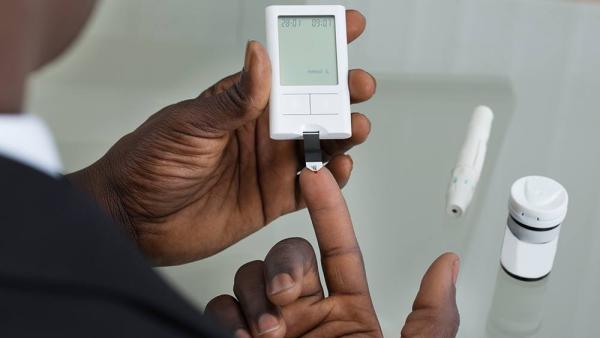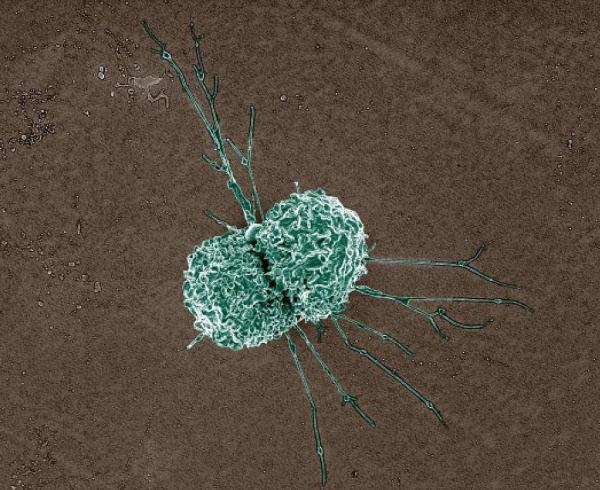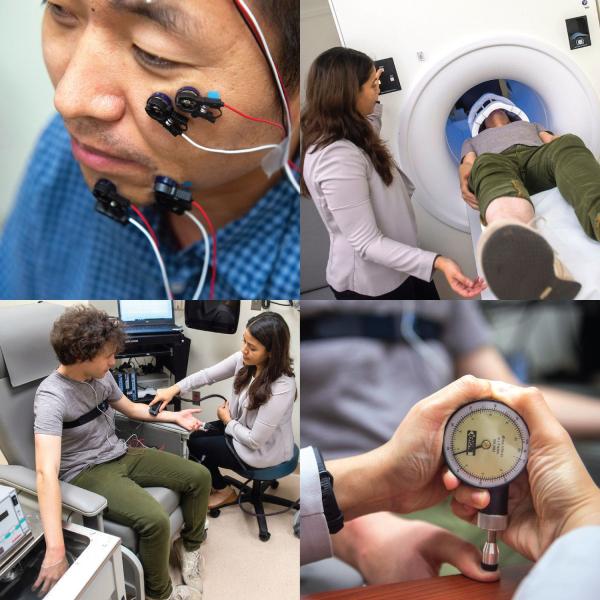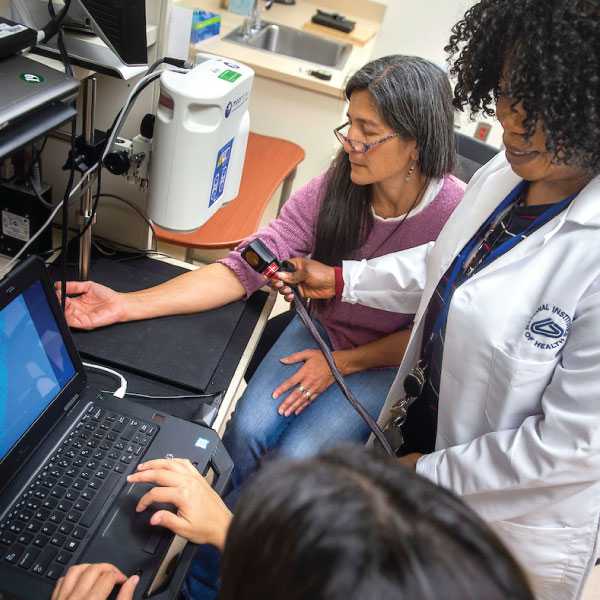Therapeutic Strategy Protects Heart From Diabetic Damage
Mouse Study Points to Approach for Preventing Diabetes-Related Heart Failure
Our cells love to lap up sugar from our blood, but as is often the case, too much of a good thing can cause problems. In people with diabetes, chronically high blood sugar can harm organs, including the heart. In an effort to combat this life-threatening problem, IRP researchers demonstrated in mice that activating a specific biological pathway in heart cells can reduce diabetes’ damaging effects on the vital organ.










